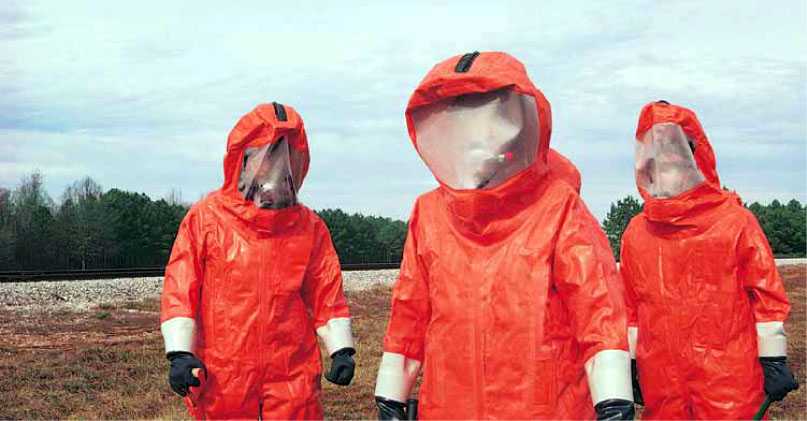Contagious Diseases and Disasters
Contagious Diseases and Disasters [PDF – 686 KB]
CDC works 24/7 controlling, containing, and eliminating health threats
CDC works 24/7 to keep America safe. Our disease detectives, world-class scientists, and medical experts are ready to stop disease outbreaks and respond to disasters whenever and wherever they strike.
CDC is on 24/7 fighting contagious disease because:
- A new health threat can appear at any time. New contagious diseases may only be a plane ride away from your hometown.
- Many kinds of viruses and bacteria can threaten people’s health and sometimes kill even otherwise healthy people.
-

CDC disease detectives respond to disease threats.
- Contagious diseases can spread on their own or through a deliberate bioterror attack.
- Flu already is dangerous—and new, potentially deadly strains can appear at any time, sparking a pandemic.
CDC fights contagious diseases
- Highly contagious: Tuberculosis. CDC helped reduce the number of cases of tuberculosis in the U.S. from 25,103 in 1993 to 11,182 in 2010.
- Highly contagious: Flu. CDC identified the 2009 H1N1 virus. Our vaccination and rapid-information campaigns helped prevent 5-10 million infections, 150,000 hospitalizations, and 1,500 deaths in the U.S.
- Highly contagious: Cholera. CDC helped prevent 7,000 cholera deaths after the 2010 earthquake in Haiti.
- Highly contagious: Measles. The measles vaccine has saved 13.8 million lives from 2000–2012.
- Highly contagious: H7N9 Influenza A. Like Middle East Respiratory Syndrome (MERS), health threats keep coming—and CDC stands ready to protect the public’s health.
CDC stands guard against health threats from disasters
CDC is on 24/7 because natural and manmade disasters can occur at any time. Many different health threats follow in the wake of disasters..
- Threat. Outbreak following a natural disaster. CDC investigated a fungal infection associated with victims of the 2011 tornado in Joplin, Missouri, 2011.
- Threat. When Japan was struck by an earthquake and tsunami in 2011, a damaged nuclear power plant experienced a meltdown. CDC’s scientific support and advice helped minimize the risk.
- Threat. Health threats crossing borders. CDC trains health professionals around the world so they can rapidly detect diverse outbreaks in their own countries, stopping them before they become global threats.
When a health threat appears, we may not know right away why or how many people are affected, but we have world-class expertise to find out what is making people sick or die and what to do about it.
CDC is the nation’s health protection agency.
- Page last reviewed: February 24, 2016
- Page last updated: February 24, 2016
- Content source:


 ShareCompartir
ShareCompartir